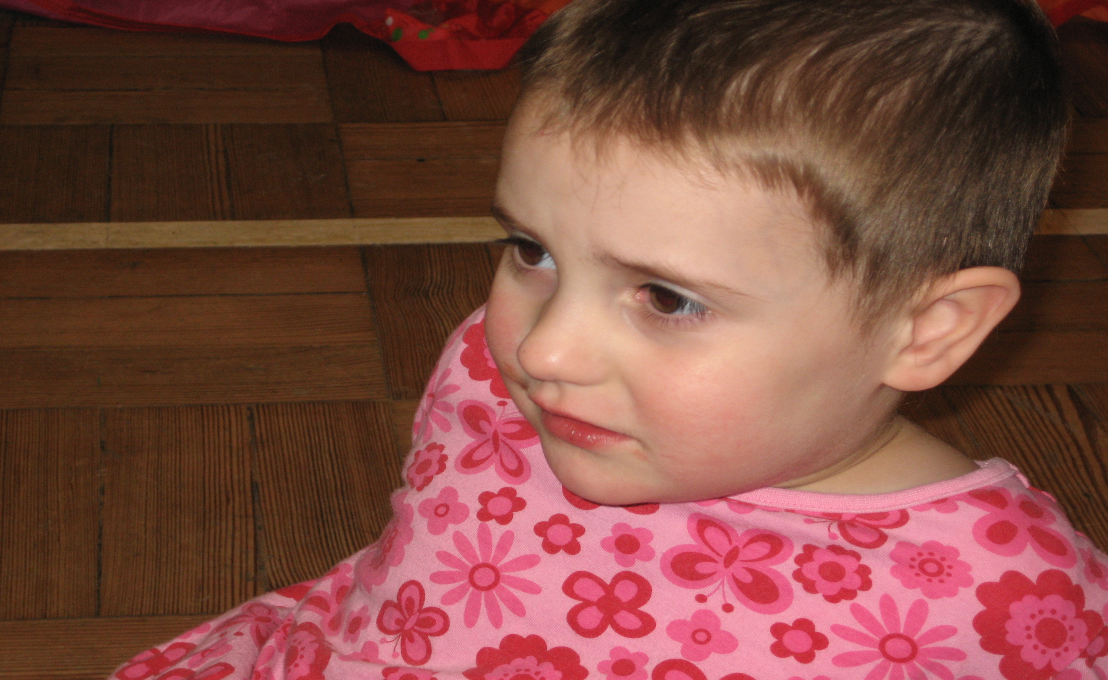Physiological Biomarkers for Autism and Rett paper published by CPMRS

By Rachael Stevenson
In a paper published in the Journal of Clinical Medicine on 2nd September 2020, Professor Santosh and team from the Centre for Personalised Medicine in Rett Syndrome (CPMRS), share findings that they have identified biomarkers which can correctly differentiate, or tell the difference between girls with Autism Spectrum Disorders and those with Rett Syndrome with 95% accuracy.
This is important for several reasons. In the early years, it can be difficult to tell the difference between the two conditions due to similar symptoms including lack of speech, difficulties in understanding and following instructions, repetitive behaviours, distress and others.
In this study, doctors and researchers at the CPMRS and umbrella clinic (Centre for Interventional Paediatric Pharmacology in Rare Diseases-CIPPRD) used bio-sensors worn around the patients’ wrists or ankles to gather information about the internal workings of each patient’s body.
This information included how much the patient moved as well as:
Electrodermal activity – changes in electrical properties at the surface of the skin which happen when the skin receives particular signals from the brain.
Blood volume pulse – an indirect measure of heart rate and heart rate variability
The researchers were then able to identify patterns in the information which are unique to Rett Syndrome and unique to autism respectively.
This could help doctors to tell the difference between the two conditions at an early age, quickly and cost effectively, avoiding delays in providing the right early intervention for young children.
Findings from this study could also lead to the development of an autonomic signature for Rett, which could help in the early assessment and management of Rett Syndrome symptoms before key physical symptoms appear in these children.
Most critically, whilst numerous treatments and potential cures for Rett Syndrome are moving full speed towards the clinic, there is still one missing piece of the puzzle in terms of demonstrating the efficacy of potential therapies for Rett Syndrome.
That missing piece is an effective measure of where an individual Rett patient’s health is at the start of a study and an effective measure of the changes, hopefully improvements, that can be brought about by a particular drug or treatment.
Only when we have that missing piece will human clinical trials in Rett be able to prove success and result in approval of a treatment which children and adults with Rett Syndrome all over the world can access and benefit from.
Whilst further studies are needed, this study moves us ever closer to effective outcome measures for Rett Syndrome.
We congratulate the teams at the Centre for Personalised Medicine for Rett Syndrome and Centre for Interventional Paediatric Pharmacology in Rare Diseases for their stellar work and look forward to further developments.
Read the full article here:
Iakovidou N, Lanzarini E, Singh J, Fiori F, Santosh P. Differentiating Females with Rett Syndrome and Those with Multi-Comorbid Autism Spectrum Disorder Using Physiological Biomarkers: A Novel Approach. J Clin Med. 2020 Sep 2;9(9):E2842. doi: 10.3390/jcm9092842. PMID: 32887357.
About Reverse Rett:
Founded in 2010 by a group of parents determined to impact international research efforts, Reverse Rett is a U.K. medical research charity which exists to bring treatments and a cure closer. We fund research and forge connections between scientists, doctors and those affected by Rett to make this goal a reality.
About CPMRS:
The Centre for Personalised Medicine in Rett Syndrome (CPMRS) funded by Reverse Rett, is a U.K. based service that provides highly specialist assessment and psychopharmacological treatment for neuropsychiatric difficulties/disorders in people with Rett Syndrome, as well as conducting clinical trials and research into the condition.